14 Pressure Points to Get Rid of Annoying Aches All Over Your Body
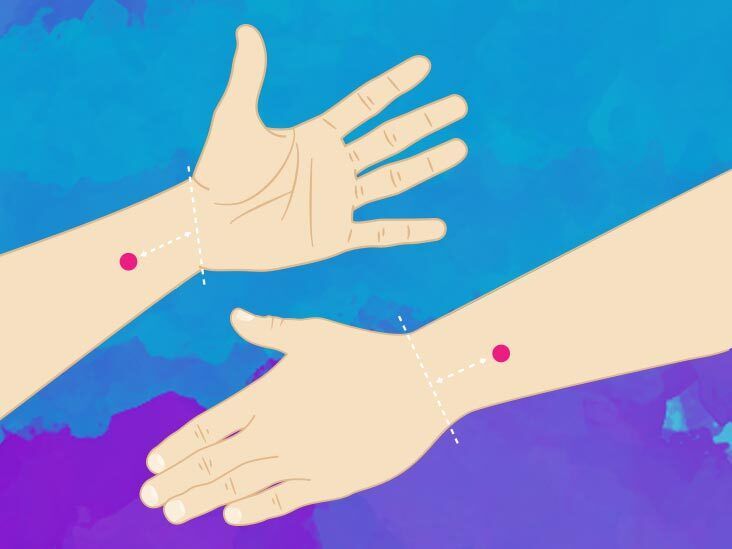
Dealing with persistent aches and pains can be exhausting and debilitating. Fortunately, there are pressure points you can target to alleviate discomfort effectively. Pressure points, also known as acupressure points, are specific areas on the body where pressure can be applied to relieve pain, tension, and other symptoms. In this comprehensive guide, we will explore 14 key pressure points that can help you get rid of annoying aches all over your body. By understanding and utilizing these pressure points, you can improve your overall well-being and enjoy a more pain-free life.
Headaches: Targeting the Temples
Headaches are a common issue that many people face. Whether it's a tension headache, migraine, or sinus headache, the pain can be debilitating. One of the most effective pressure points for relieving headaches is located at the temples.
How to Locate the Temples
The temples are located on the sides of your head, just behind your eyes. To find this pressure point, place your index and middle fingers on your temples.
Applying Pressure
Use your fingers to apply gentle, circular pressure on your temples. Start with light pressure and gradually increase it as needed. Continue massaging for several minutes until you feel relief. This technique can help reduce headache intensity and provide quick relief.
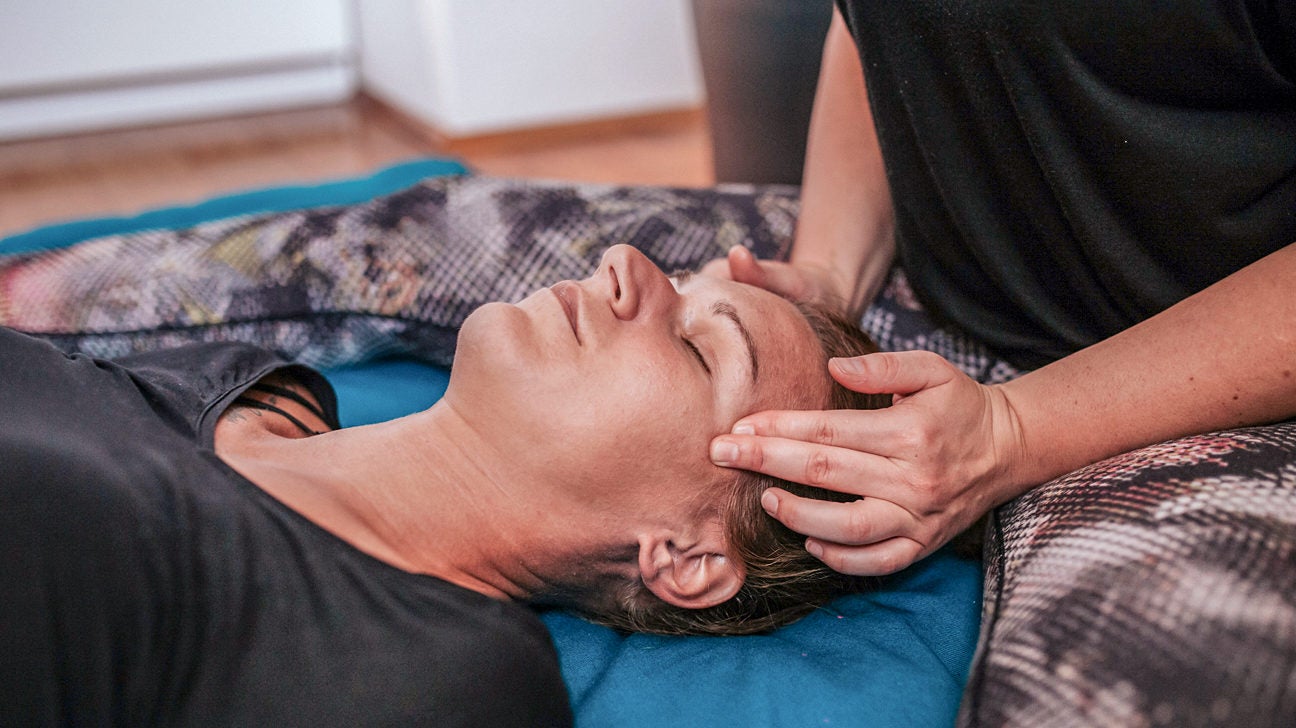
Additional Tips
- Relaxation: Ensure you are in a comfortable and relaxed position while applying pressure. Deep breathing can enhance the effectiveness of this technique.
- Hydration: Drink plenty of water to stay hydrated, as dehydration can often contribute to headaches.
Neck Pain: The Base of the Skull
Neck pain is another common complaint, often caused by poor posture, stress, or injury. The base of the skull, also known as the suboccipital area, is a key pressure point for relieving neck pain.
How to Locate the Base of the Skull
The base of the skull is located where your skull meets your neck. You can find this area by placing your fingers at the top of your neck, just below the back of your head.
Applying Pressure
Use your fingers to press and massage the base of your skull. Apply firm, steady pressure in small circular motions. Continue this for several minutes to alleviate tension and pain in your neck.

Additional Tips
- Heat Therapy: Applying a warm compress to the neck area before or after massaging can enhance the effectiveness of the pressure point technique.
- Posture: Maintain good posture throughout the day to prevent neck pain. Ensure your workstation is ergonomically set up.
Shoulder Tension: Mid-Shoulder Area
Shoulder tension is often the result of stress, poor posture, or overuse. The mid-shoulder area is an excellent pressure point for reducing shoulder tension and promoting relaxation.
How to Locate the Mid-Shoulder Area
The mid-shoulder area is located halfway between your neck and the outer edge of your shoulder. To find this pressure point, place your fingers in the middle of your shoulder muscle.
Applying Pressure
Apply firm pressure to the mid-shoulder area using your fingers. Massage in small circular motions for several minutes. This can help release tension and relax the shoulder muscles.
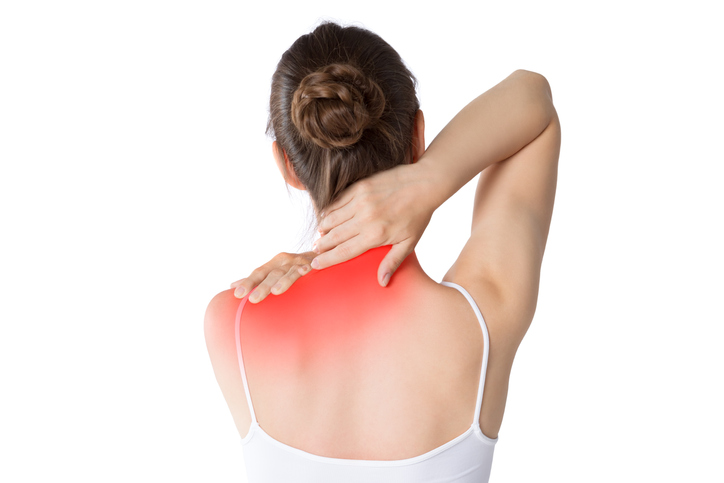
Additional Tips
- Stretching: Incorporate shoulder stretches into your daily routine to prevent tension buildup.
- Regular Breaks: Take regular breaks if you work at a desk to move around and stretch your shoulders.
Upper Back Pain: Between Shoulder Blades
Upper back pain can be caused by poor posture, muscle strain, or stress. Targeting the area between your shoulder blades can help alleviate this type of pain.
How to Locate the Area Between Shoulder Blades
The area between your shoulder blades is located in the upper part of your back, just below your neck. To find this pressure point, reach your hand behind your back and place it between your shoulder blades.
Applying Pressure
Use your fingers or a massage tool to apply firm, steady pressure between your shoulder blades. Massage in circular motions for several minutes. This can help relieve upper back pain and improve flexibility.
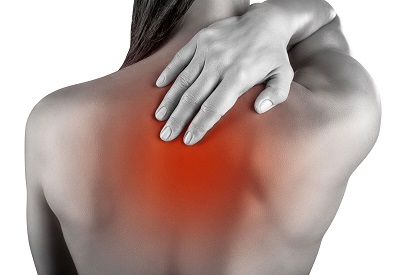
Additional Tips
- Exercise: Engage in regular exercises that strengthen your upper back muscles, such as rows or lat pulldowns.
- Ergonomics: Ensure your workstation is set up to support good posture and reduce strain on your upper back.
Lower Back Pain: Lower Spine Points
Lower back pain is a widespread issue that can be caused by various factors, including poor posture, muscle strain, or injury. Focusing on the pressure points along your lower spine can provide relief.
How to Locate the Lower Spine Points
The lower spine points are located along your lower back, near the base of your spine. To find these pressure points, place your hands on your lower back and move them along your spine.
Applying Pressure
Use your fingers to apply gentle pressure along your lower spine. Massage in small circular motions for several minutes. This can help alleviate lower back pain and improve mobility.
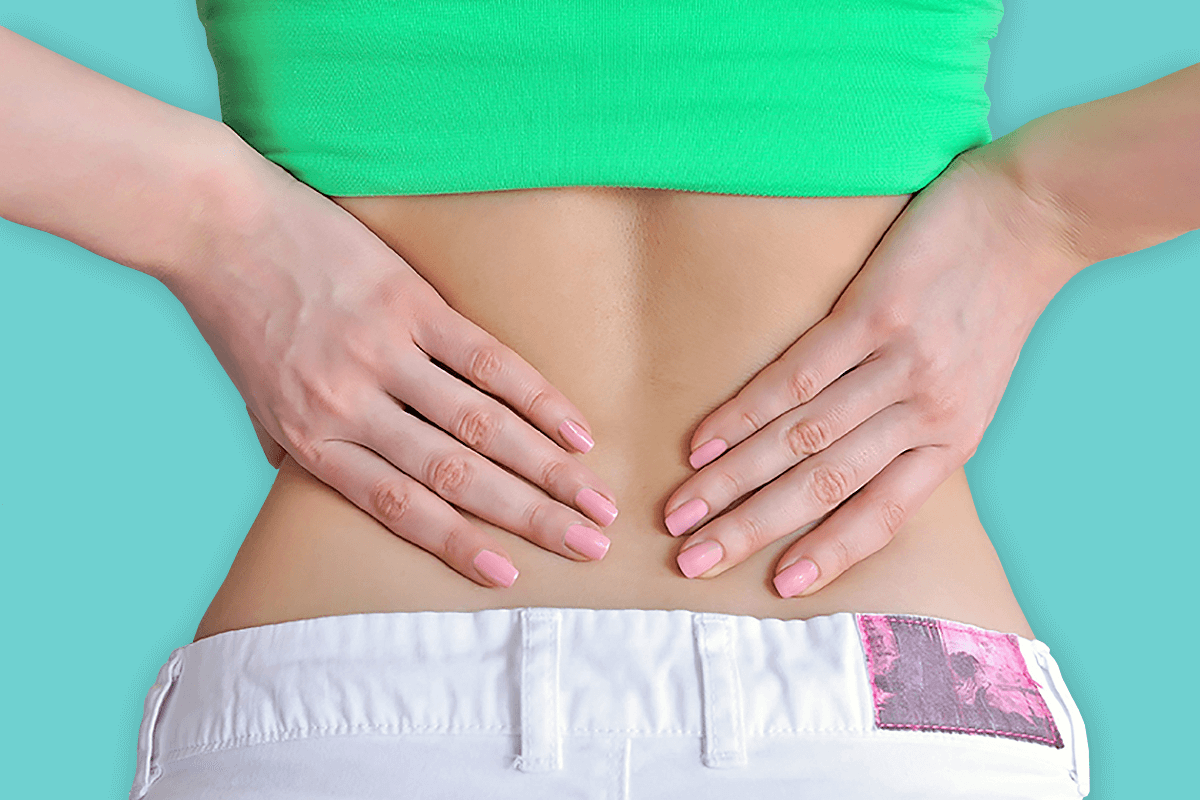
Additional Tips
- Core Strengthening: Engage in exercises that strengthen your core muscles to support your lower back.
- Proper Lifting Techniques: Use proper lifting techniques to avoid straining your lower back.
Hip Pain: Outer Hip Area
Hip pain can be caused by overuse, injury, or conditions like arthritis. The outer hip area is a key pressure point for reducing hip pain and improving mobility.
How to Locate the Outer Hip Area
The outer hip area is located on the sides of your hips, just below your waist. To find this pressure point, place your hands on the sides of your hips.
Applying Pressure
Use your fingers to apply firm pressure to the outer hip area. Massage in circular motions for several minutes. This can help relieve hip pain and improve flexibility.

Additional Tips
- Stretching: Incorporate hip stretches into your daily routine to improve flexibility and reduce pain.
- Low-Impact Exercise: Engage in low-impact exercises like swimming or cycling to avoid aggravating your hips.
Knee Pain: Behind the Knee
Knee pain is a common issue, especially among athletes and older adults. Targeting the area behind the knee can help alleviate this type of pain.
How to Locate the Area Behind the Knee
The area behind your knee is located in the crease where your knee bends. To find this pressure point, bend your knee and place your fingers in the crease.
Applying Pressure
Use your fingers to apply gentle pressure to the area behind your knee. Massage in small circular motions for several minutes. This can help relieve knee pain and improve mobility.

Additional Tips
- Strengthening Exercises: Engage in exercises that strengthen the muscles around your knee, such as squats or lunges.
- Proper Footwear: Wear proper footwear that provides adequate support to reduce strain on your knees.
Foot Pain: Arch of the Foot
Foot pain can be caused by various factors, including overuse, injury, or conditions like plantar fasciitis. The arch of the foot is an important pressure point for relieving foot pain.
How to Locate the Arch of the Foot
The arch of your foot is located along the bottom of your foot, in the middle. To find this pressure point, place your hand on the bottom of your foot.
Applying Pressure
Use your fingers to apply firm pressure to the arch of your foot. Massage in circular motions for several minutes. This can help relieve foot pain and improve mobility.
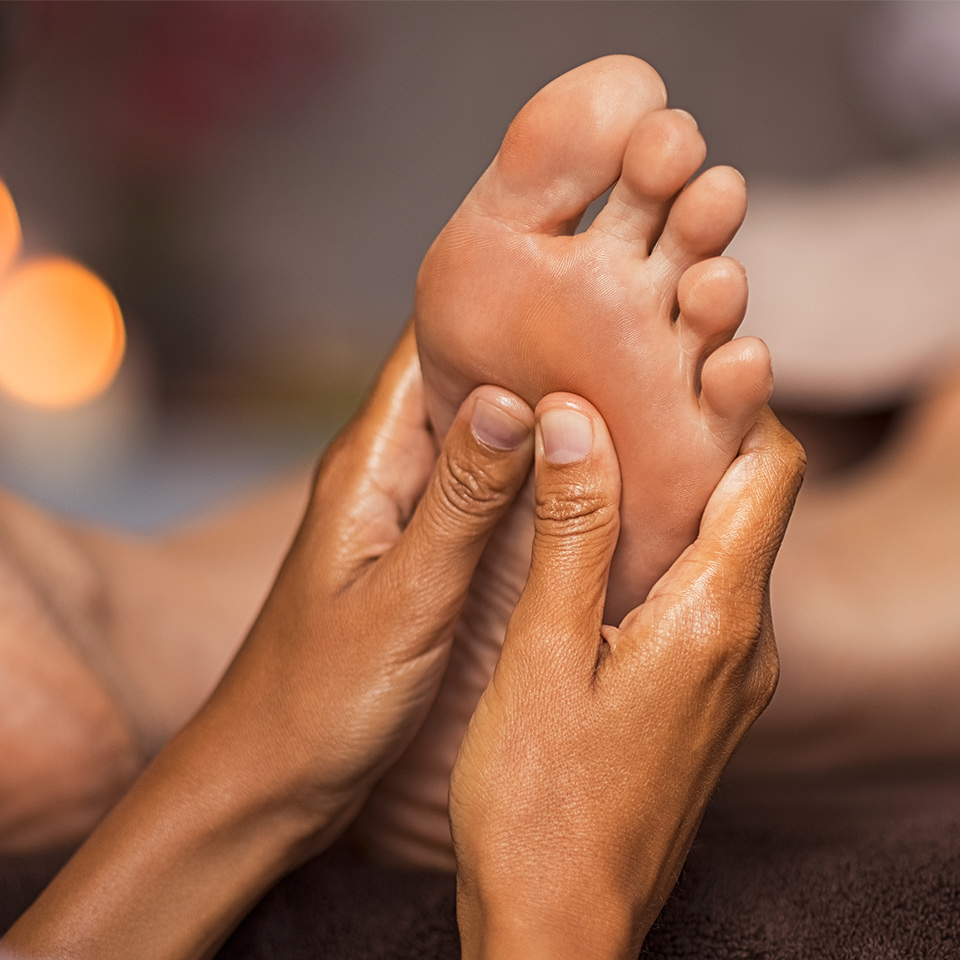
Additional Tips
- Stretching: Incorporate foot stretches into your daily routine to improve flexibility and reduce pain.
- Proper Footwear: Wear proper footwear that provides adequate support to reduce strain on your feet.
Hand Pain: Between Thumb and Index Finger
Hand pain can be caused by overuse, injury, or conditions like arthritis. The area between your thumb and index finger is a key pressure point for reducing hand pain.
How to Locate the Area Between Thumb and Index Finger
The area between your thumb and index finger is located on the back of your hand. To find this pressure point, place your other hand on the back of your hand and move it between your thumb and index finger.
Applying Pressure
Use your fingers to apply firm pressure to the area between your thumb and index finger. Massage in circular motions for several minutes. This can help relieve hand pain and improve mobility.
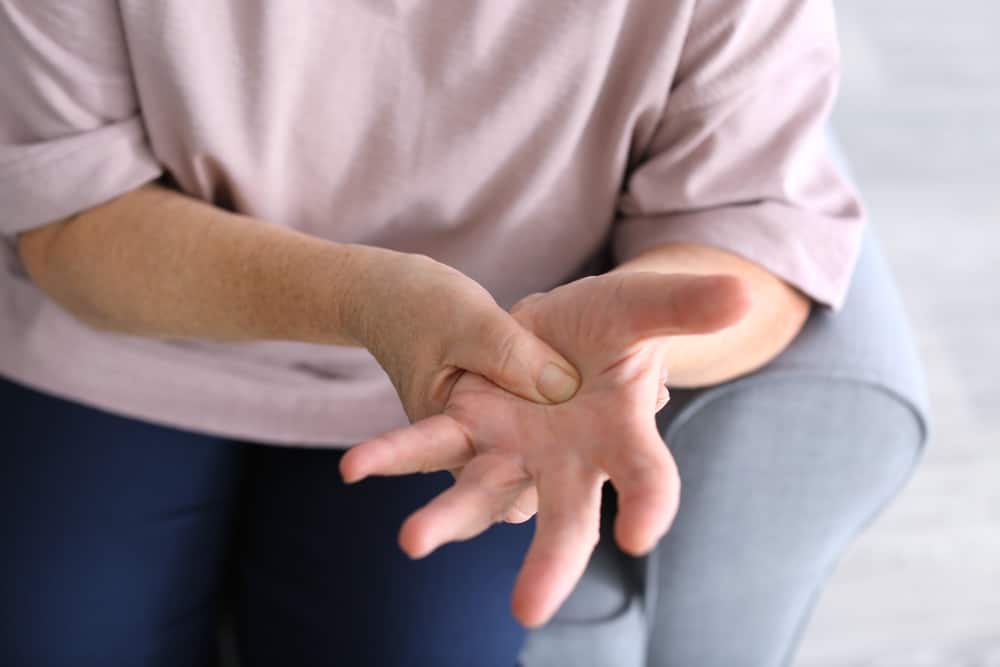
Additional Tips
- Stretching: Incorporate hand stretches into your daily routine to improve flexibility and reduce pain.
- Ergonomics: Ensure your workstation is set up to support good hand posture and reduce strain.
